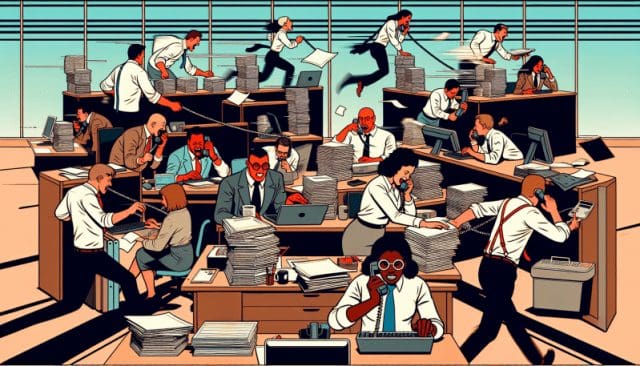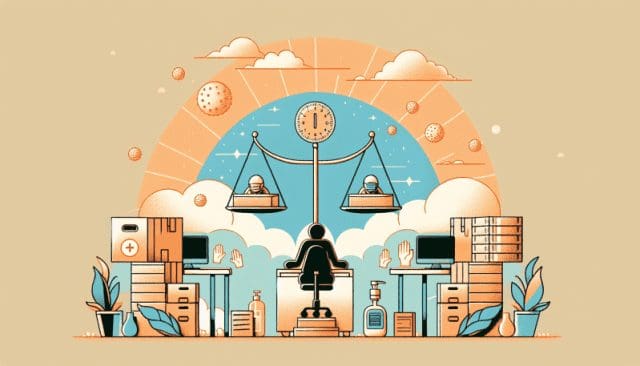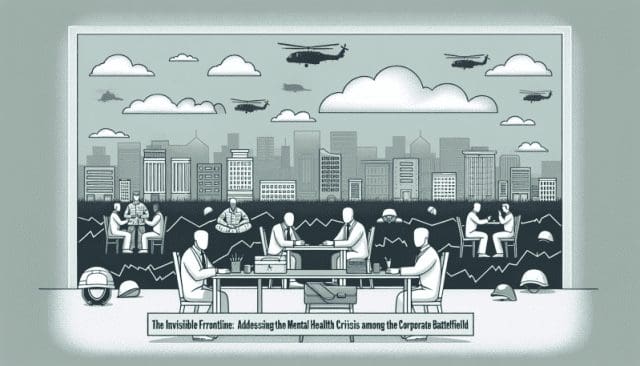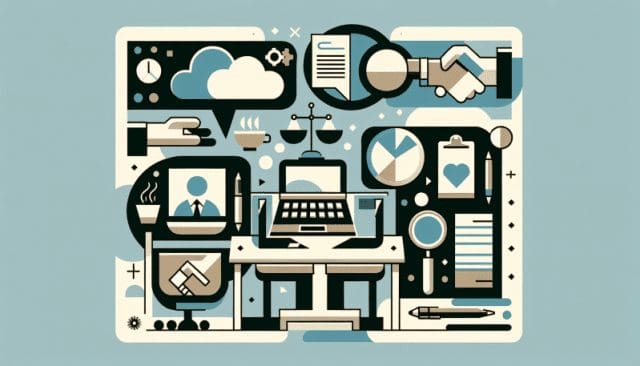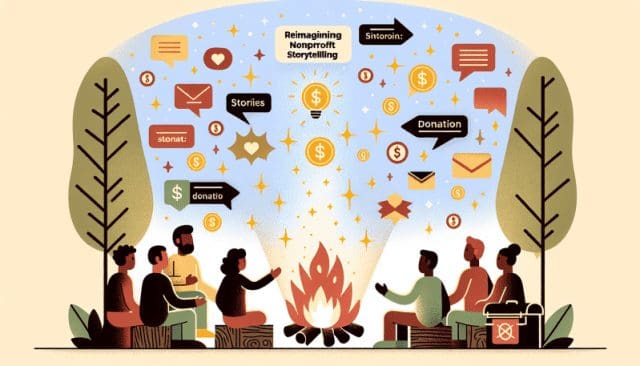The Paradox of Mindfulness in the Non-Profit Sector: Balancing Mission with Self-Care
In the heart of the non-profit sector lies an intrinsic motivation fueled by a desire to enact social change and address humanitarian needs. For professionals in this field, the stakes are high, and the emotional toll is often heavy. Yet, there is a paradox that frequently goes unaddressed: how does one deeply engage in this emotionally charged world while also maintaining mental health and avoiding the specter of burnout?
The non-profit workplace is rife with unique challenges. Resources are frequently scarce, and the pressure to deliver results with minimal expenditure often means long hours and chronic stress for workers. Moreover, the emotional labor attached to the work – be it fighting poverty, advocating for human rights, or responding to crises – intensifies the weight of daily responsibilities. It is here where the concept of mindfulness could play a revolutionary role, serving as a bridge between the mission’s demands and the workers’ well-being.
Mindfulness, the practice of being present and fully engaged with the current moment without judgment, has shown immense potential in various work environments. However, its application in the non-profit sector is not just beneficial, it’s imperative. The ability to remain composed in the face of adversity, to approach challenges with a calm and clear mind, is crucial for effective advocacy and sustained social impact.
Yet, incorporating mindfulness into the non-profit workplace is not without its hurdles. Tight budgets may limit access to professional development or wellness programs. There may also be a perceived conflict between taking the time for self-care and the urgency of the mission. An engrained culture of self-sacrifice often leads to the erroneous belief that self-care is self-indulgent, thus creating an environment where mental health is silently sidelined.
Organizations can address these challenges by fostering a culture that values self-care as much as it does service. Leadership plays a key role in this shift, modeling mindful practices and encouraging staff to prioritize their well-being. Simple, cost-effective strategies such as regular check-ins, mindfulness-based stress reduction (MBSR) programs, and dedicated quiet spaces for meditation can make a significant difference.
Case studies have pointed to the success of these integrative approaches. For instance, an international development organization reported a drop in staff turnover after implementing mindfulness training and weekly yoga sessions. Employees expressed feeling more equipped to handle stress and more connected to their work and colleagues.
In conclusion, the non-profit sector’s embrace of mindfulness is not just about individual well-being. It’s about ensuring the sustainability and effectiveness of the organizations dedicated to bettering the world. The integration of self-care and mindful practices is a testament to the understanding that one cannot pour from an empty cup. By providing staff with the tools to nurture their mental health, non-profits can cultivate a more resilient, empathetic, and effective workforce, capable of carrying their mission far into the future.
For the workers on the front lines of the world’s most pressing issues, remember this: your cause needs you, but it needs you whole. Taking the time to better yourself is not a deviation from your mission; it is the very foundation upon which your ability to serve rests. In balancing mission with self-care, we unlock the full potential of what it means to work in the non-profit sector.

















